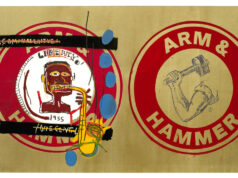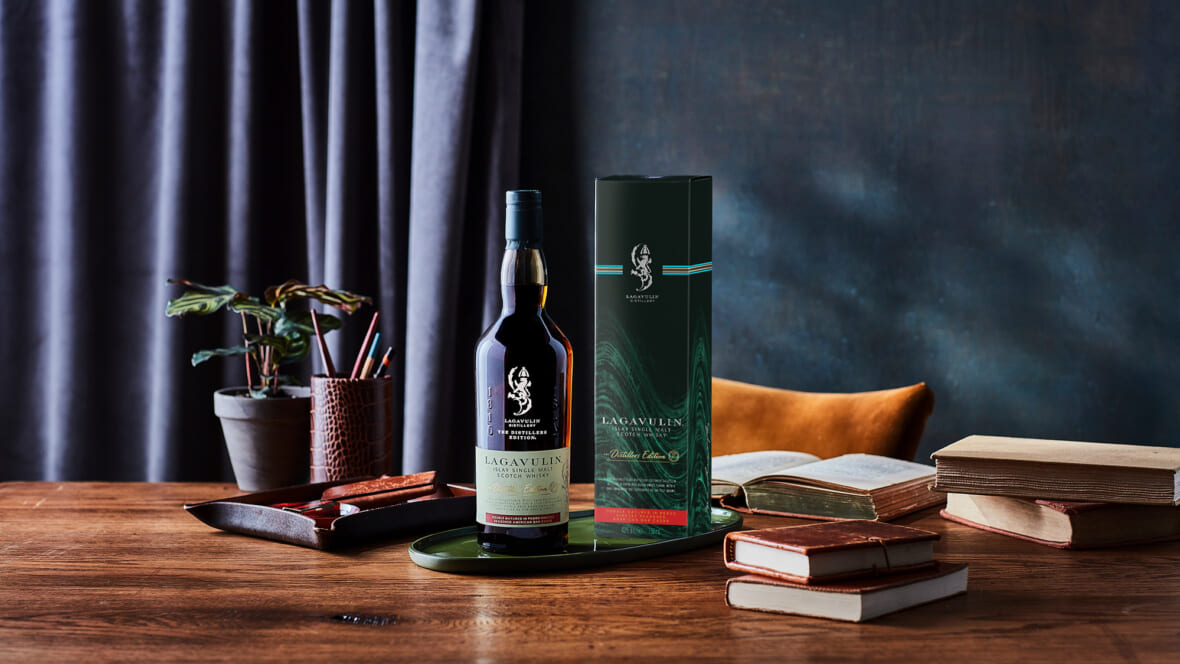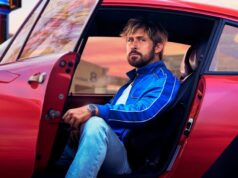

(Monaco Boat Service)
Port Hercules is nestled between the two extremes of Monaco. The imposing skyscrapers on the slope of the mountains on one side, and the Rock of Monaco, the Principality’s oldest district and home to the medieval Prince’s Palace, on the other. The beautiful Riva boats floating in the harbor’s salty Mediterranean waters carry the same mix of old and new—innovation and tradition.
They include the entire fleet of Riva models, from classical runabouts designed in the ’60s to the new generation of Rivas such as their latest creation, the 110-foot. Dolcevita yacht. “A Riva is more than a boat, it is a dream,” says Lia Riva about the brand that bears her family name.

(Monaco Boat Service)
“For many people I meet around the world, a Riva is the equivalent of a Ferrari, it’s something mythical; they have seen the boats in classic movie scenes and long to own one—if they do not already do so.”
She is the President of the Monaco Boat Service (MBS), which offers assistance to Riva owners and is the exclusive dealer of Riva yachts in Monaco and France. The MBS was founded in the 1950s by her father Carlo—the creator behind the “dream” that Lia refers to. But the story goes further back than that; it originated in northern Italy in 1842.
After a storm on Lake Iseo, the fishing fleet had been severely damaged, and the young shipbuilder Pietro Riva gained the respect of the locals after restoring several of the vessels. He soon started his own shipyard in the small town of Sarnico, at the foot of the lake.

(Monaco Boat Service)
The business stayed in the family, and it was Pietro’s grandson Serafino Riva who, after the First World War, changed the focus from transport vessels to motorboats. The next decisive step for the brand came when his son Carlo took over. In 1954, he built a larger, modern shipyard in Sarnico—the Riva Shipyard—and started ramping up production. Lia Riva was then four years old and lived with her family in a house not far away. She and her sisters loved spending time among the boats that were being built.
“At that time, large pieces of fantastic wood, including mahogany and cedar, were delivered from Africa and South America,” she recalls. “The fragrances that perfumed the shipyard were amazing.”
Even before she could walk, she was out on boat trips on the lake, and there is a photo of her as a blonde three-year-old where she herself holds the steering wheel, with dad Carlo, wearing a white cap and aviator sunglasses, close behind.

(Monaco Boat Service)
“I have many beautiful memories of the whole big family going out in two or three Riva runabouts to the big island of Monte Isola,” she recalls. “There we would set up picnics from baskets full of delicious things that my mother had prepared.”
Under Carlo Riva, the business eventually went from small-scale production, where each boat was unique and based on the customer’s wishes, to large-scale production of the various models he designed.
The inspiration came, among other things, from the recreational boats that American manufacturer Chris-Craft launched after World War II, and which he encountered during his travels to the United States. Carlo Riva had great ambitions and strategically chose to create his base in Monaco on the French Riviera, which then, in the 1960s, boomed as a mecca for movie stars, wealthy businessmen and royalty.

(Monaco Boat Service)
“He wanted to create an industry and decided to market the brand by creating service stations around the world,” Lia notes. “There Riva owners could have their boats in the water, someone who took care of them during the winter, and get different types ofassistance. He created about 30 of these stations around the world, including in Greece, Spain, Italy and France. Now this is a common phenomenon, but then, in the ’60s, it was an exceptional idea.”
During the ’50s and ’60s, Carlo Riva’s designs such as the Florida, Ariston and Tritone, gained worldwide fame; the Aquarama from 1962 became the most iconic one. There are countless photos of celebrities aboard these exquisite runabouts, including Sophia Loren, Gunter Sachs, Jacqueline Onassis, and Prince Rainier III and Princess Grace ofMonaco. They have all contributed to the brand being associated with class, wealth and luxury.

the 1960s
(Monaco Boat Service)
“My father was a maniac when it came to perfection,” Lia reveals. “He was extremely careful with all the details; if you look at his boats, they radiate beauty; and the inside is even more alluring. There is precision in everything, from the choice of wood to the elements in chrome and leather.”
Thanks to her father’s prominent network of clients, Lia got to meet many extraordinary people, such as the King of Morocco, Sheikhs from the Middle East, and members of the Rosselini family. As a teenager in the late ’60s, she and her father were invited by the Imam and billionaire Aga Khan IV to his residence in Porto Cervo on the Emerald Coast in Sardinia.

(Monaco Boat Service)
She also spent time with Sean Connery who was a good friend of her father and who, like the Riva family, had a summer house in Marbella in southern Spain. “My father was also friends with Brigitte Bardot, which made my mother jealous,” she laughs.
The Riva family often went on holidays in Greece, which Carlo was in love with. In the ’70s they owned a custom 92-ft. yacht, but they always used to bring an Aquarama as well. “Most people had never seen a yacht at that time, so it attracted attention,” she says. “But we still got the most admiration when we went ashore in our Aquarama.”

(Monaco Boat Service)
However, it took some time before Lia herself entered the boating industry. She had already started a family in Milan before she moved with her husband and daughters to Monaco. Since then she has been faithful to the Principality, and in 2010 she took over the baton from her father as President of the MBS. In that role, one of her main tasks is to take good care of Riva’s best clients. Like her father, she enjoys it immensely.
“I go out to eat with them and many have become my friends over the years. They tend to be very interesting people,” she tells us. In the late ’60s, Riva started producing vessels from fiberglass, but continued to make wooden runabouts until 1996, when the last Aquarama Special, no. 784, saw the light of day. Today, Riva has luxury yachts as its focus area, but Lia declares that the glamor around the brand that her father created is still very much alive.

London–Monte Carlo race in 1972
(Monaco Boat Service)
“Between the ‘60s and ’80s you can say that Riva had its golden age with my father’s iconic models,” she says. “But really, the golden age of Riva is right now. People still love these boats, and even though we mostly sell large yachts [these days], many of the refined customers also have a classic Aquarama to go for day trips with.” The best of both worlds, in other words.








